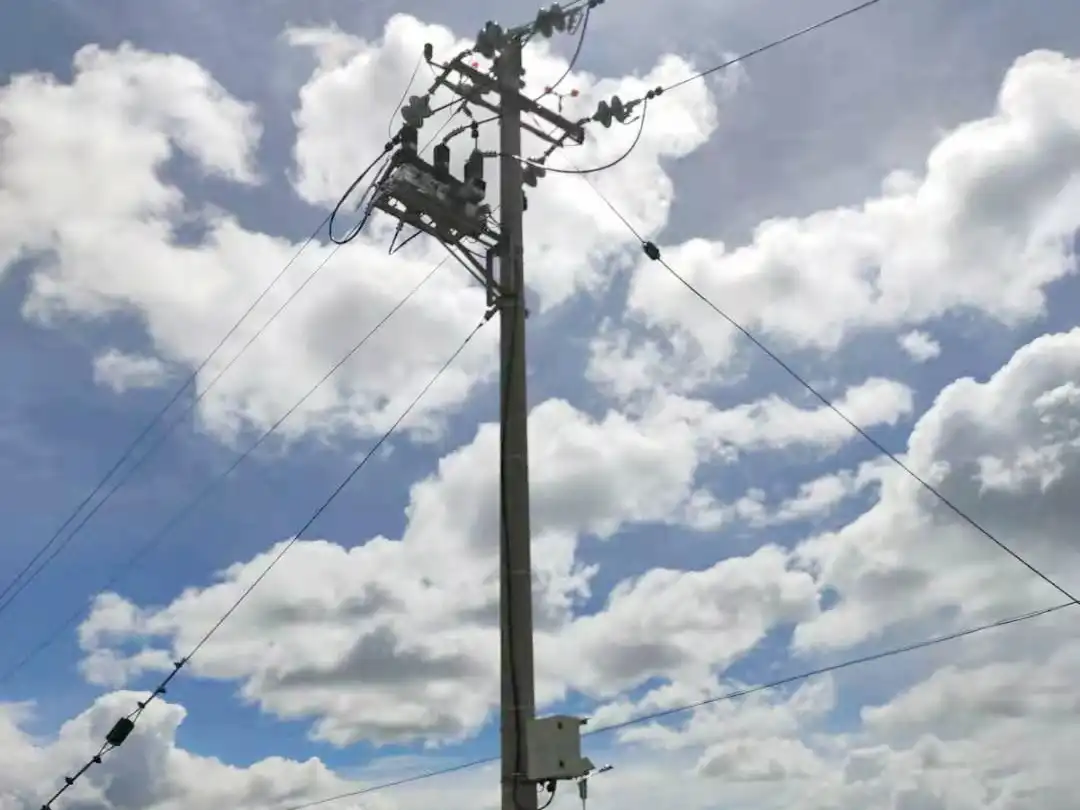What Are Reclosers and How Do They Work?
A recloser is a specialized circuit breaker designed for overhead power distribution systems, primarily to detect and interrupt transient faults—short-lived disturbances such as tree branches making temporary contact with power lines. Unlike traditional circuit breakers, reclosers have the ability to automatically restore power by reclosing the circuit after a brief interruption, significantly reducing outage durations.
How Reclosers Operate
Reclosers are equipped with sensors that continuously monitor the flow of electricity through power lines. When they detect an abnormal condition, such as a short circuit or overload, they interrupt the flow of electricity by opening the circuit. What sets reclosers apart is their ability to automatically “reclose” the circuit after a short delay, allowing time for transient faults to clear themselves. This process can repeat multiple times in rapid succession.
For example, during a storm, if a tree branch temporarily falls onto a power line but later falls away, the recloser will momentarily cut power, wait, and then restore it. If the fault clears, power remains on. If the issue persists, the recloser will trip again. After several unsuccessful attempts, the recloser remains open, signaling the need for utility crews to repair the damage.
There are various types of reclosers, including single-phase, three-phase, and three-single reclosers. These can be operated by mechanical spring systems or controlled electronically or via microprocessors. Microprocessor-controlled reclosers have the added advantage of remote operation, allowing utility companies to manage them without sending personnel to the site.

Advantages of Reclosers
Minimized Interruptions: Reclosers automatically restore power after transient faults, significantly reducing the duration and frequency of outages. This feature is particularly valuable in areas prone to brief disturbances caused by wildlife, weather, or other external factors.
Improved Reliability: By preventing transient faults from causing prolonged outages, reclosers help maintain a consistent power supply to homes and businesses, improving overall grid reliability.
Infrastructure Protection: Reclosers protect critical components of the grid, such as transformers and substations, by isolating faults quickly. This reduces the risk of more extensive damage and costly repairs.
Reclosers in Action
During storms or severe weather events, reclosers play a crucial role in managing the power distribution network. For instance, when trees or debris knock down power lines, reclosers trip to prevent further damage and attempt to restore power automatically. This automated process can prevent widespread outages and reduce the number of customers experiencing prolonged disruptions.
Many residents may notice “recloser tripped” notifications on outage tracking systems during storms, indicating that the recloser is working to restore power or has reached its trip limit before remaining open. While some areas may experience ongoing outages due to more severe damage, reclosers help mitigate the overall impact, protecting the grid and shortening outage durations.



